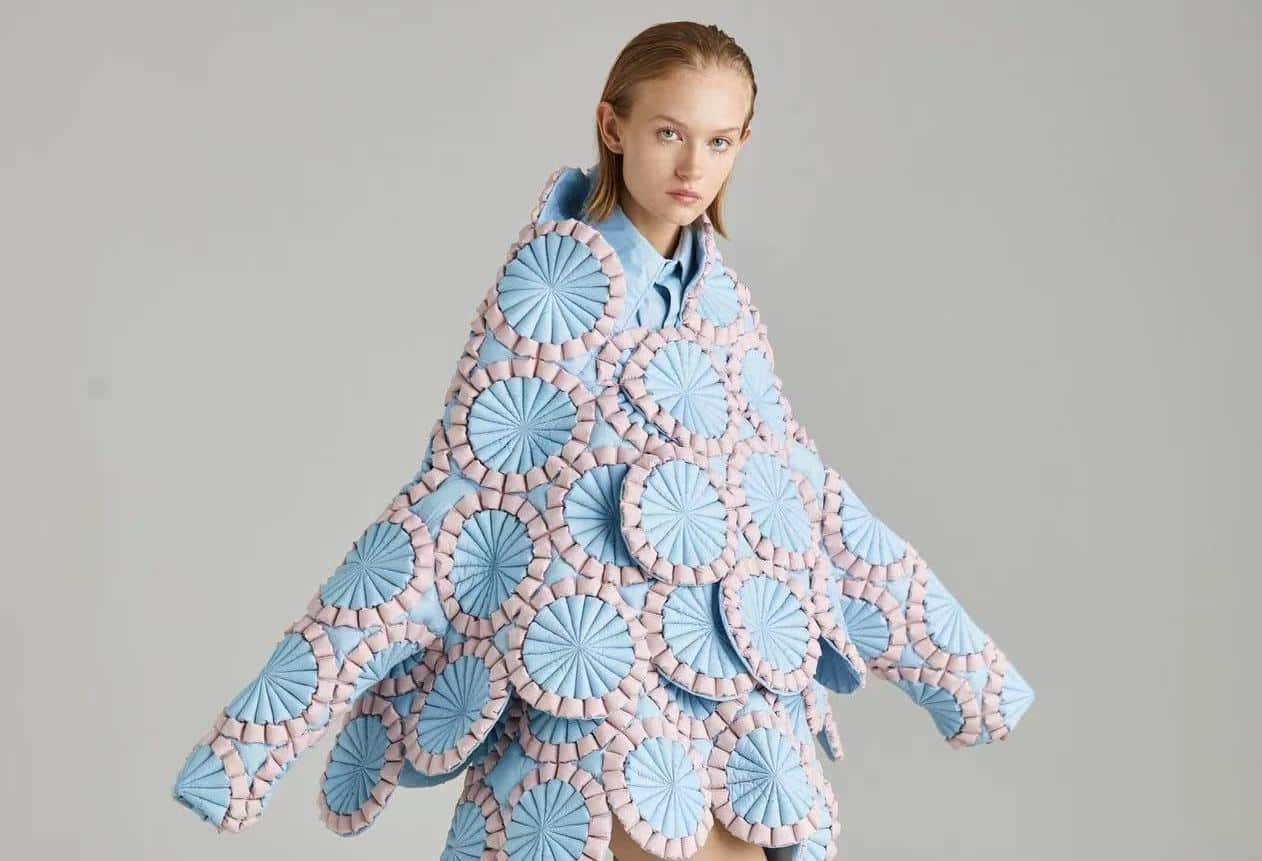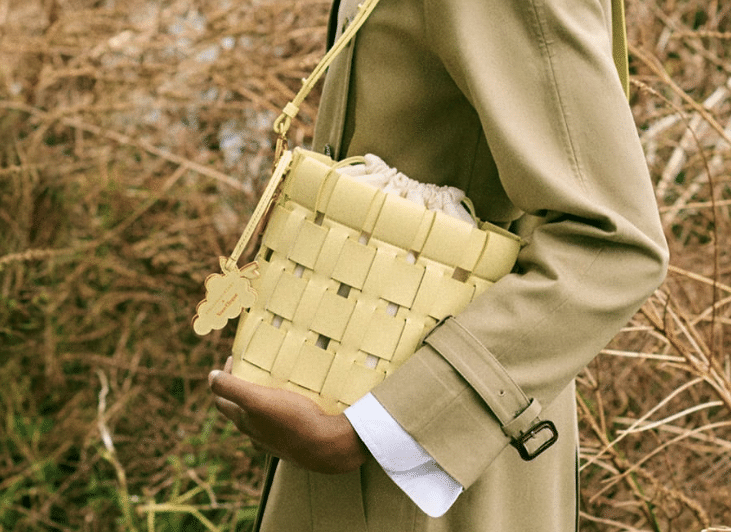A new wind is blowing with the advent of vegan silk also known as plant silk or ethical silk. This innovative alternative to traditional silk, which traditionally requires the rearing and often the sacrifice of thousands of silkworms, is gaining ground thanks to its animal-friendly and environmentally-friendly approach.
“ Silk is the fibre used by silkworms to weave their cocoon, an outer envelope designed to protect them during the pupal stage.“, explique PETA (Pour une Ethique dans le Traitement des Animaux). “Most of the insects used in the silk industry do not live beyond this stage, as they are scalded or gassed alive in their cocoons in order to break the cocoons and allow the workers to harvest the silk threads. Around 6,600 silkworms have to be killed to produce a single kilogram of silk.“
There are also reports showing the use of child labour in the silk industry. Regarding the NGO Human Rights Watch who has investigated the silk trade in India, children, some as young as 5, are forced to work in the factories and workshops that produce the silk threads. “Some people have to immerse their hands in tubs of boiling water and end up with raw skin and blisters. Children who reel in silk thread often get cuts that are left untreated and can become infected.“, says PETA. We must therefore continue to develop vegan alternatives that do not involve animal suffering, forced child labour or adult labour in deplorable conditions. Here are the most common vegan silks:
Rayon/viscose
One of the most promising types of vegan silk is rayon or viscose. Created from cellulose extracted from plants such as wood, it imitates the properties of silk with great fidelity. However, its potentially polluting manufacturing process requires rigorous ecological management if it is to be considered truly sustainable.
Soya silk
Another competitor is soya silk, produced from residues left over from the manufacture of tofu and other soya-based products. This soft fibre offers a similar feel to traditional silk and is a more sustainable solution, as it recovers by-products from the food industry.
Banana silk
Banana silk, obtained from the stems of banana trees, is another fascinating alternative. Biodegradable and using agricultural waste, it effectively transforms residues into a luxurious, environmentally-friendly textile.
Orange silk
Orange silk is made from the residual peel left over from orange juice production. This method not only recycles waste, but also produces a fibre with characteristics similar to natural silk, offering an ecological and innovative solution for the textile industry.
(Read our article on orange silk)
Lotus silk
Finally, lotus silk, mainly produced in South-East Asia, represents the ultimate in ethics and sustainability. Extracted by hand from the stems of the lotus flower without the use of chemicals, this fibre is not only environmentally friendly but also highly prized for its beauty and rarity.
( Read our article on Lotus flower )
These vegan alternatives to silk are attracting increasing attention in the fashion and textile industries, which are looking to reduce their environmental impact while meeting consumers’ ethical expectations.
Photo : Mikhail Nilov




